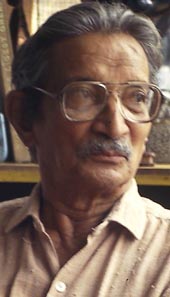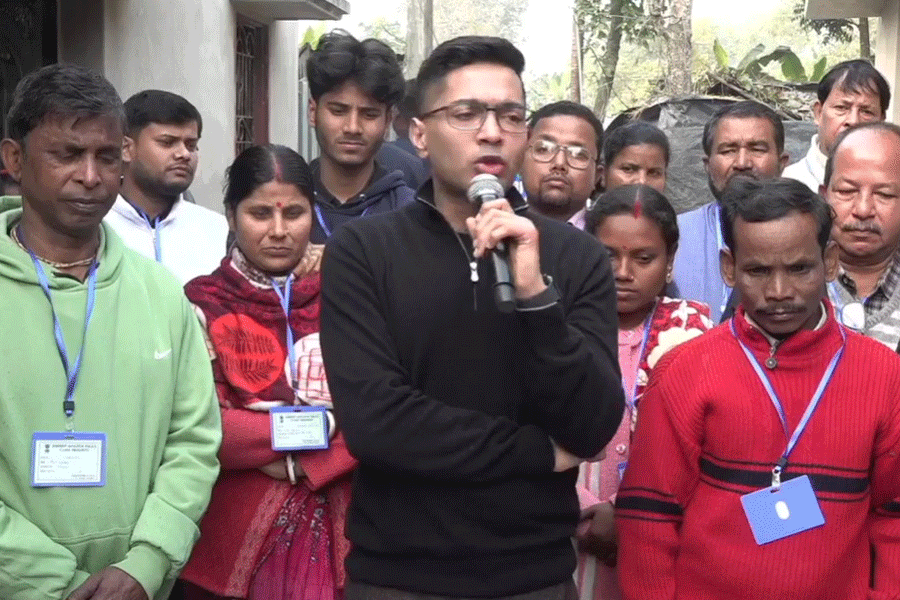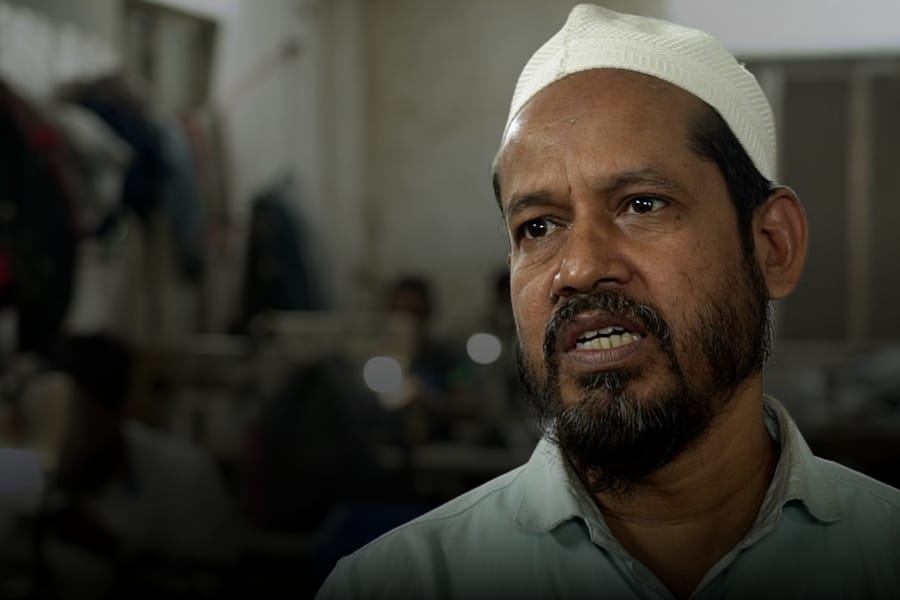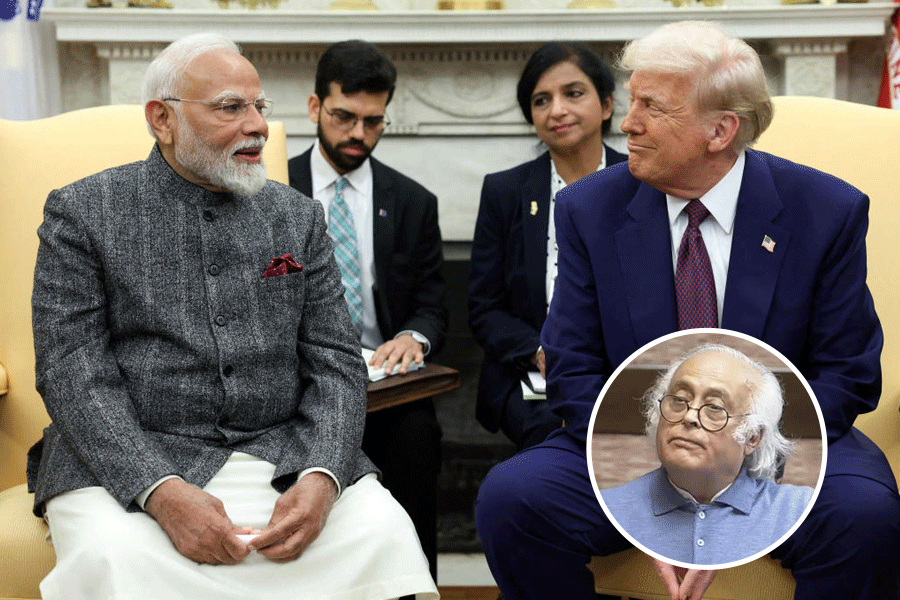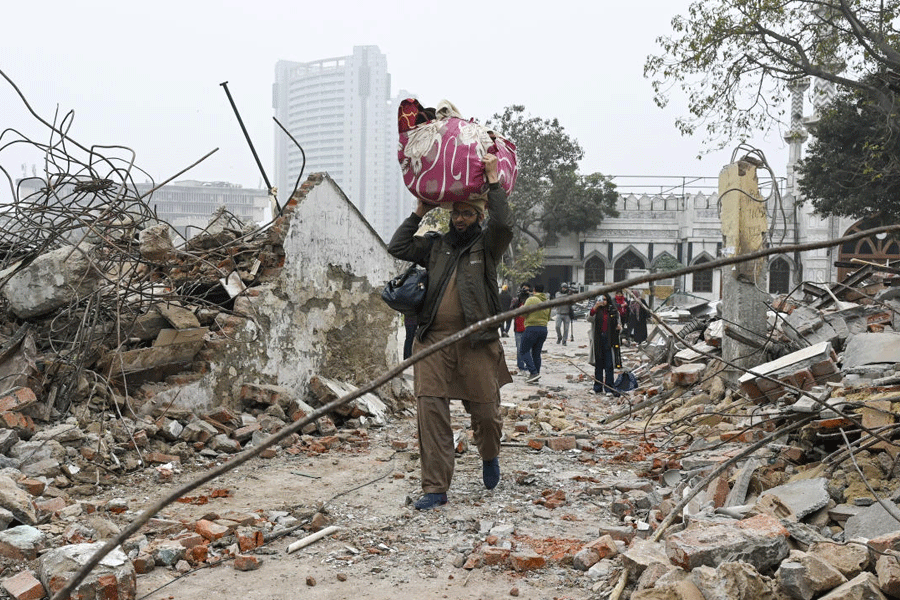 |
 |
| Sankho Chaudhuri and one of his creations |
Sankho Chaudhuri, who died at age 90 in Delhi on Monday, was one of the stalwarts of Indian sculpture who could be ranked with other masters like Pradosh Dasgupta, Somnath Hore and Meera Mukherjee. He is survived by wife Ira Debi, a ceramist.
Chaudhuri was best known for carving his pieces out of wood and stone or moulding in metal simple and austere forms mostly intertwined with each other or broken into angles. These often had a sweeping loftiness and smooth and polished surfaces. Besides a variety of wood, he used marble, both black and white and with zebra stripes, and limestone, which were characterised by a sheen.
Chaudhuri was profoundly inspired by Ramkinkar Baij. Demonstrating a mastery of carving, Chaudhuri’s abstractions of human figures expressed an innate sense of rhythm. He had a sensitive feel for material, which was often transformed into a lyrical rendering of form.
Some of his best-known works are Shringar, carved out of zebra marble, Cock in copper, Music in aluminium and brass and Chemist in brass.
He was adept at moulding terracotta portraits. Chaudhuri moulded these portraits in metal or carved them out of stone. Following the technique of Ramkinkar and Jacob Epstein, his portraits mostly had a pitted skin and a rough texture.
Chaudhuri was drawn to the smooth yet abstract forms of Romanian sculptor Brancusi during his stay in Paris.
He used diverse material, starting with clay, terracotta, plaster and cement, subsequently moving on to stone and wood and ultimately metal. He either moulded bronze or used sheets of copper, brass and aluminium.
Chaudhuri, whose ancestors lived in Pabna district of former East Bengal, was born in 1916 at Deoghar. He was the youngest child of Narendranath, an advocate, and Kiranmayi.
His elder brother Sachindranath, the founder-editor of the Economic Weekly published from Mumbai, had encouraged him to take up sculpture.
After studying for a while in Dhaka, Chaudhuri joined Visva-Bharati in 1935. Having graduated, he undertook training at Kala Bhavan.
Thereafter, he started assisting Ramkinkar and travelled to Nepal on an assignment, where he acquired the skill of moulding metal the Nepalese way.
He started working independently in Mumbai in 1946 and, after receiving a grant from the government, created 20 works which were exhibited there in 1949. He left for Europe the same year for further training and took part in exhibitions in famous museums in Italy, Belgium, Holland and Switzerland.
After he joined MS University in Baroda as the head of the faculty of arts in 1950, he was instrumental in constructing a large studio and foundry there.
Having taught for about 20 years, he took voluntary retirement but continued his work in Delhi, where he lived for a good part of his life.
Chaudhuri won the Desikottama in Santiniketan.

